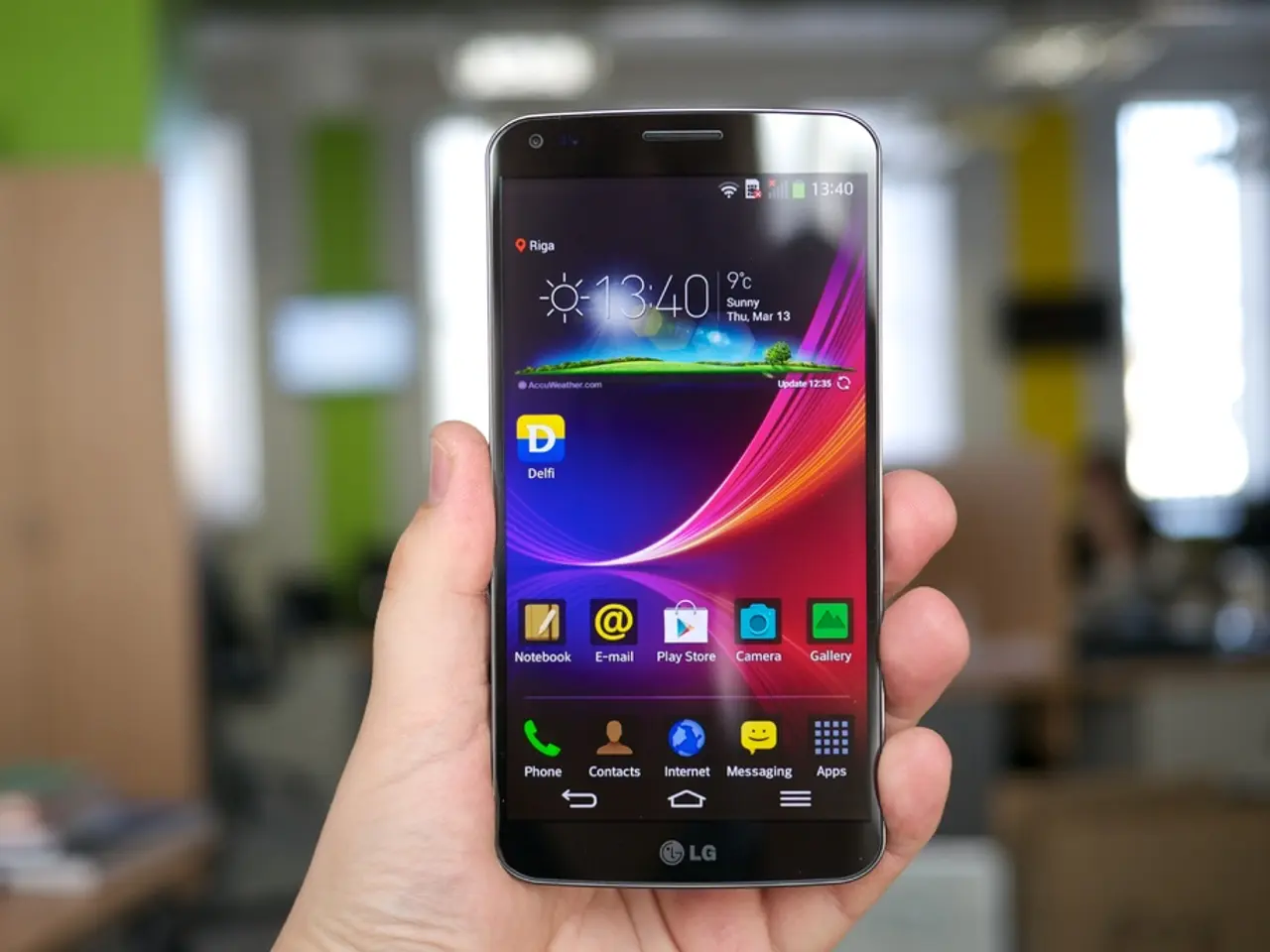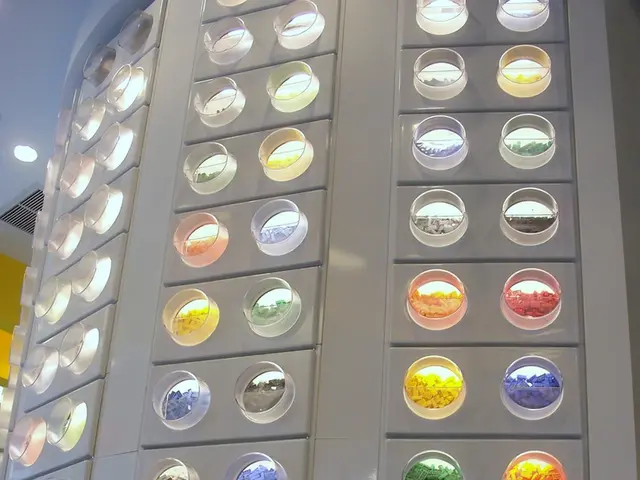Impressive Advancements in Smartphones of 2024 That Left Us Awestruck!
Year 2024: Transforming Consumer Tech
2024 kicked off a new era in consumer technology with a surge in demand for revolutionary devices offering more than mere expectations. Modern users crave innovation that drastically alters the way they engage with technology. Here, we delve into groundbreaking innovations like foldable screens, AI features, and gesture controls that have sent ripples across the industry.
Huawei Mate XT: Pioneering the Future
Huawei's Mate XT Ultimate Design has turned heads with its revolutionary tri-fold mechanism, setting lofty standards for future foldable smartphones. When fully unfolded, it boasts a massive 10.2-inch display, perfect for work, photo editing, or movie marathons. It's not just a phone; it's a tablet and productivity powerhouse in one.
What's so cool about the tri-fold design? Its flexibility. You can use it for the basics, multitask with half-open flexibility, or immerse yourself in its globe-spanning display when fully opened. Built to handle wear and tear, it excels in performance, packing impressive flagship specs and a sophisticated quad-camera system, whether the phone is folded or unfolded. It's pricey, but this is no mere gadget—it's a glimpse into the future of foldable technology.
Read More: Huawei Mate XT launched globally with 'triple-foldable display': What is this tech?
Apple's Haptic Camera Button: Reinventing Photography
Apple shook things up with the iPhone 16 series' haptic camera button, a game-changer that might forever transform smartphone photography. This tactile button provides a satisfying physical feedback similar to a DSLR camera shutter. It doesn't just feel great; it empowers users with advanced functionalities.
You can press it halfway to lock focus, fully to snap a pic, or even hold it down to record videos. Swiping on it adjusts exposure, and others gestures unlock even more controls. It resembles a professional camera experience in your pocket. The button works harmoniously with Apple's Neural Engine, using AI to anticipate user actions and optimize results. While it may present a learning curve, photography enthusiasts will find it a dream come true, demonstrating Apple's knack for mixing innovation with functionality.
Read More: iPhone 16's camera button, is Apple betting iPhone's future on photography alone?
Google Circle to Search: Simplifying Information Findings
Google's Circle to Search is a feature that feels long overdue but makes sense once you try it. It allows users to circle anything on their screen and instantly pulls up search results related to it. This feature, baked into Android, makes searching effortless—quick, intuitive, and reminiscent of Google's supremacy in search.
The feature integrates seamlessly with Google's ecosystem, showcasing shopping options, similar styles, and even sustainability ratings for an item circled within an image. It goes a step further by verifying images through checking metadata, useful in today's world of misinformation and doctored content. Google emphasizes accessibility, eliminating the need for typing or navigating through menus, making it extremely user-friendly. Of course, there are privacy concerns—what happens to visual data being processed? Google assures us that steps are being taken to anonymize the data and offers settings to opt-out.
So, What's Changing in Our Smartphones?
These new gadgets are not merely flashy; they address real problems and make technology more useful. As the saying goes, necessity is the mother of invention; these innovations are a reflection of the demands of early adopters and tech enthusiasts.
Huawei's Mate XT challenges our perception of what a smartphone can be, blending phone and tablet functionalities in one versatile device. Apple's haptic camera button bridges the gap between the physical feel missing in touchscreens and cutting-edge technology. Google's Circle to Search simplifies information search, making the internet feel closer to our daily lives.
These developments will likely set trends across the industry. We'll see more foldables influenced by Huawei's design, tactile controls akin to Apple's proliferating, and more apps integrating gesture-based features like Google's Circle to Search. Stay tuned for how these trends shape the tech landscape in 2025 and beyond!
Read More: Samsung reportedly developing A54, A74 smartphones with 5G support
Stay Connected: TEAM our platform
Team our platform
Our team is made up of some of the most experienced and geekiest technology editors in India! View Full Profile
- The Huawei Mate XT, a pioneering device in the field of foldable smartphones, boasts a revolutionary tri-fold mechanism that sets new standards for future smartphones, offering more than just a phone—it's a tablet and a productivity powerhouse in one.
- Apple's iPhone 16 series has reinvented smartphone photography with the introduction of a haptic camera button, providing a tactile experience similar to a DSLR camera shutter, and offering advanced functionalities, bridging the gap between touchscreens and physical cameras.







